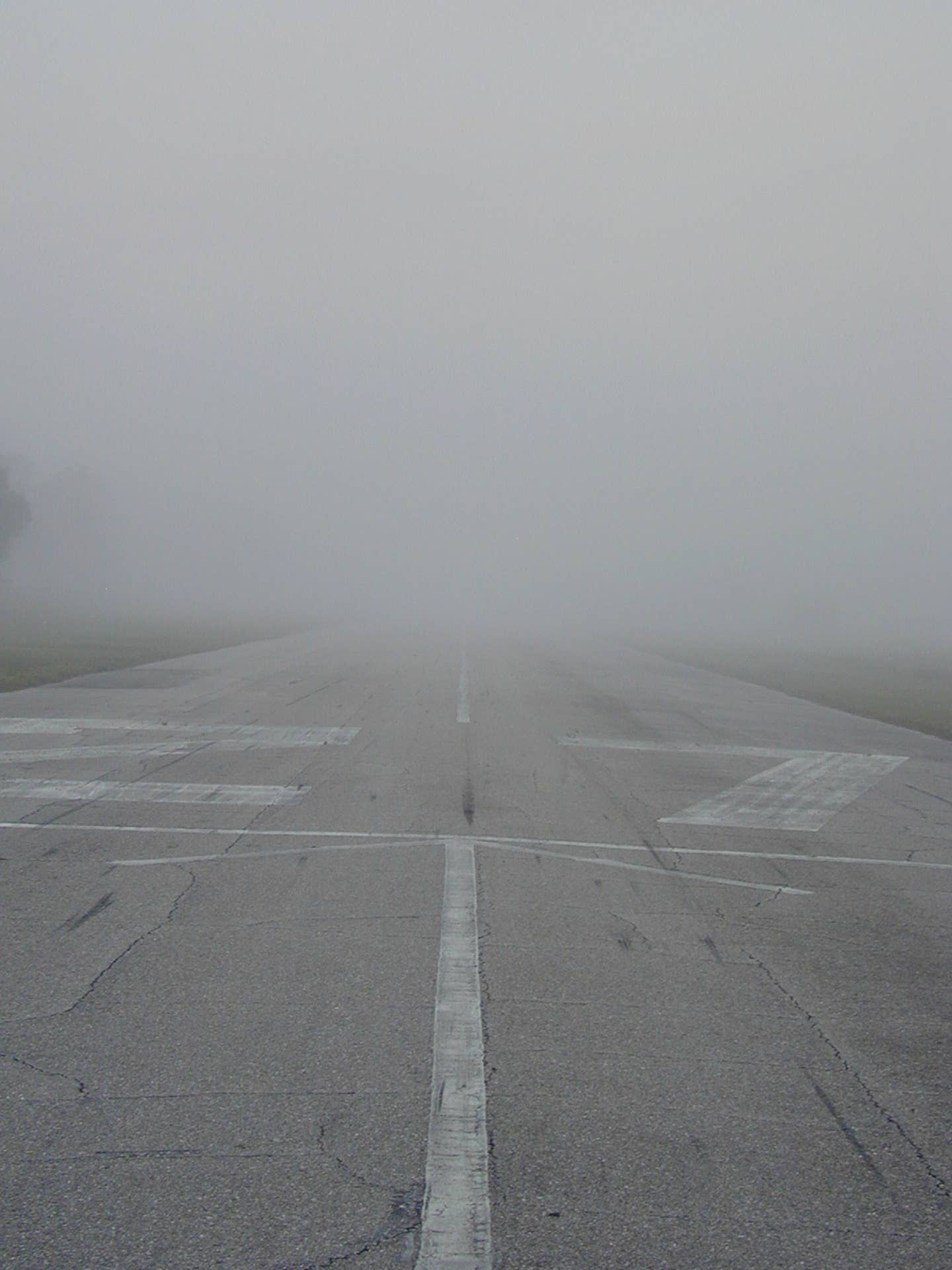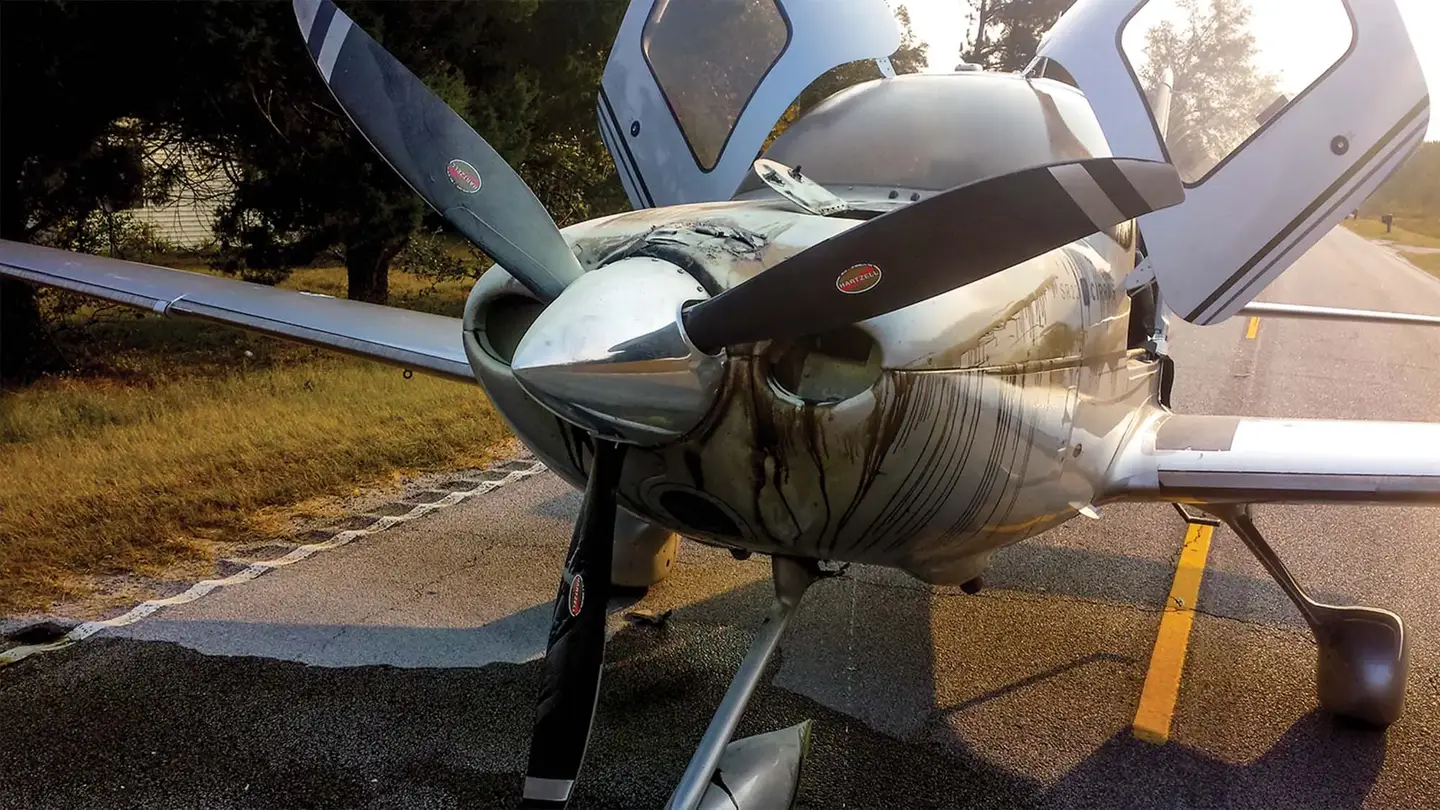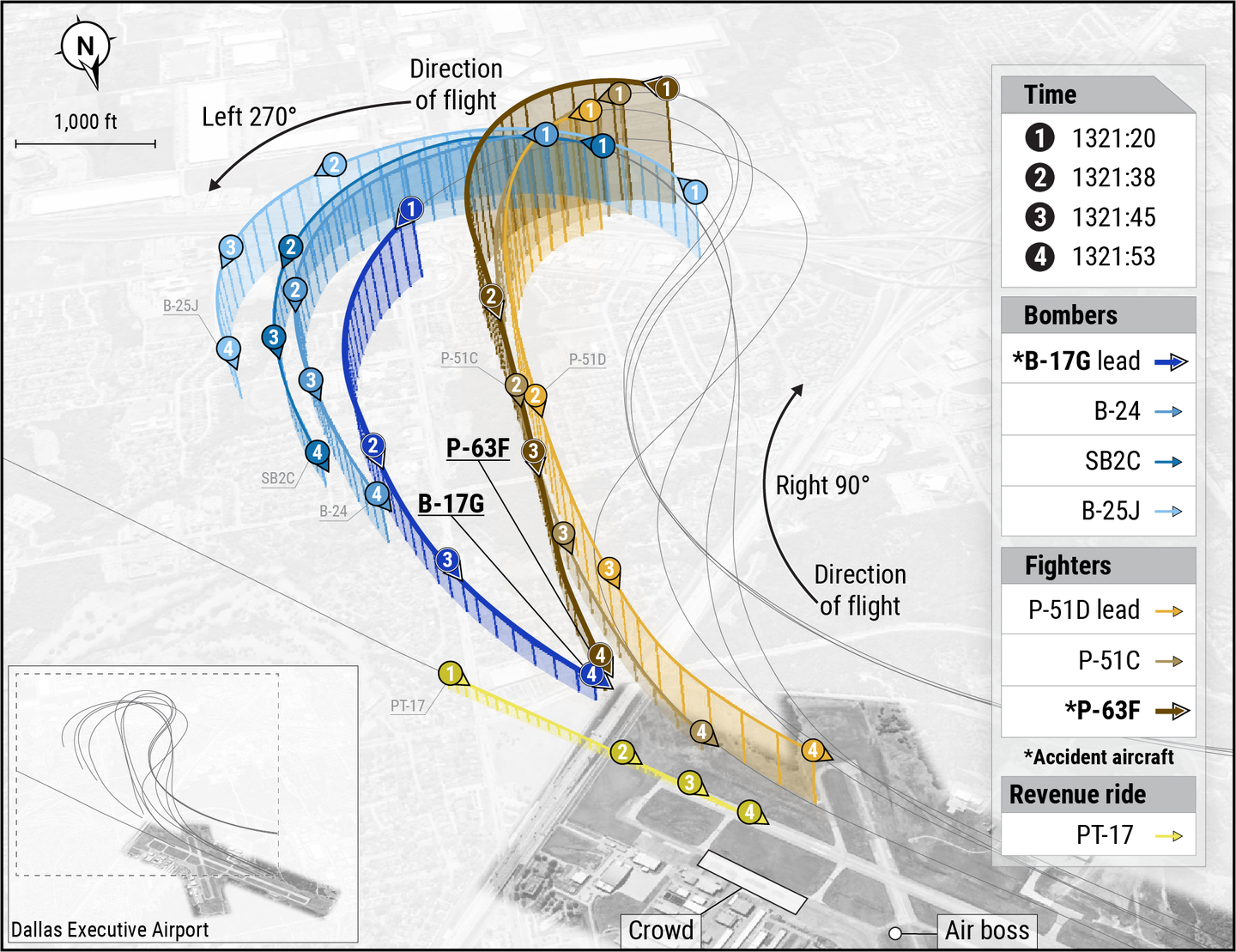Accident Probe: The Zero-Zero Takeoff
One challenge all instrument-rated pilots face from time to time is the zero-zero takeoff, one in which the ceiling and visibility are at or near nil values. While such an…

One challenge all instrument-rated pilots face from time to time is the zero-zero takeoff, one in which the ceiling and visibility are at or near nil values. While such an operation can be completely legal under FAR Part 91, it poses obvious risks, not least of which is the need for precise aircraft handling when on the runway and during initial climb. Another risk is the probable impossibility of an immediate return to the departure airport if the need arises. When confronted with a zero-zero takeoff, the smartest choice a pilot can make often is to remain on the ground until conditions improve.
While this magazine doesn’t advocate zero-zero takeoffs, we also don’t wag our fingers at pilots who execute them. Over the years, we have published articles discussing how and how not to perform zero-zero takeoffs, as well as discussions of why they can be a really bad idea. This is not one of those articles. Instead, we’re simply going to use a particularly sad accident to explore how zero-zero takeoffs whittle down the margins for error to razor-thin size, demanding near-perfect performance from pilot and aircraft alike.
Background
On December 24, 2017—Christmas Eve—at 0717 Eastern time, a Cessna 340 impacted terrain after takeoff from Bartow, Fla. The 70-year-old instrument-rated private pilot and four passengers—the pilot’s two daughters, his son-in-law and a family friend—were fatally injured.
The airplane was destroyed. Instrument conditions prevailed; an IFR flight plan had been filed. The flight’s purpose was to spend the day and night in Key West, Fla., then return on Christmas Day. Employees at the FBO later told investigators the pilot requested that the airplane be towed from the hangar to the ramp, “so that he did not have to taxi next to the other hangars because of reduced visibility and dense fog.” At about 0645, the five occupants boarded the airplane while it was parked in its hangar and the FBO employees towed it to the ramp.
The engines were started and the FBO employees watched as the airplane taxied very slowly to Runway 9L. Fog limited their visibility to about 400 feet and they soon lost sight of the airplane. Subsequently, they heard an increase in engine noise consistent with a run-up and then heard—but could not see— the airplane take off.
The engines “sounded strong and [were] operating at full power.” The employees heard two tire “chirps”—consistent with the airplane settling back to the runway with a side load during the takeoff—then sounds consistent with a climb. They then heard an explosion on the east side of the airport and drove toward the explosion to find the airplane on fire.
Investigation
The accident site was on airport property about 190 yards east-northeast of the departure end of Runway 9L. The debris path was about 230 feet long and oriented northeast. According to the NTSB, “ground impact marks and wreckage distribution were consistent with the airplane rolling left over the departure end of the runway and impacting the ground inverted in a nearly vertical, nose-low attitude.”
The fuselage was mostly consumed by fire while the empennage was mostly intact. The nose landing gear had separated, and was found about 200 feet from the main wreckage. The landing gear actuator, and the left and right main landing gear, were in the retracted position. The flight controls did not reveal any pre-impact anomalies. Wing flap position could not be determined.
All three vacuum-pump-driven gyros—two attitude indicators and one directional gyro—plus the electric turn-and-bank indicator exhibited rotational scoring inside their housings, an indication they were functioning at impact. The airframe, engines and cockpit instrumentation did not present evidence precluding their normal operation.
The airplane had been flown for approximately 30 minutes since its fuel tanks had been topped off. Five were aboard, and the airplane was 105 lbs. (1.6 percent) over its maximum gross takeoff weight of 6390 lbs., and outside the top of the CG envelope. Weather at the departure airport included visibility of less than ¼ mile in fog, plus an overcast at 300 feet.
The area forecast included widespread shallow fog and an advisory for dense fog was in effect for the area. A center weather advisory for low ceilings and visibility also was in effect, as was an AIRMET for IFR conditions. According to the NTSB, “There was no evidence that the pilot obtained a preflight weather briefing from a recorded source.” The airplane’s 24-month pitot/static and transponder certifications had expired.
Acquaintances of the 1600-hour pilot provided a mixed picture of how he managed the risk of flying the airplane. His mechanic stated the pilot always flew with his feet flat on the floor and not on the rudder pedals, but he “never flew dangerously or recklessly.” The pilot’s personal assistant told investigators “that everyone she talked to described him as a good pilot and diligent with his pilot duties.”
An acquaintance who also was the pilot’s flight instructor in 2002 scrubbed a flight with the accident pilot due to weather, which included about ¼-mile visibility and 100-foot ceilings in dense fog. The accident pilot was ready to take off into that weather. A local airplane mechanic stated he flew with the pilot one time and then refused to fly with him again, saying he was not a safe pilot and took unnecessary risks.
Probable Cause
The NTSB determined the probable cause(s) of this accident to include: “The pilot's loss of control due to spatial disorientation during takeoff in instrument meteorological conditions.”
Lots of things are going on with this accident, but it appears mechanical failure isn’t one of them. Similarly, the weather itself wasn’t dangerous; there were clear skies above the low-lying fog, and calm surface winds. Once above the fog, weather wouldn’t have been a problem.
The pilot clearly knew it was foggy—he didn’t want to taxi near buildings—but apparently not too foggy to take off. The tire chirps may indicate a shallow angle of attack at liftoff, or perhaps the heavy airplane settling back to the runway. What happened next is anyone’s guess. But there was no margin for error. And that’s the problem with zero-zero takeoffs.
Zero-Zero Takeoffs
The FAA’s Instrument Flying Handbook, FAA-H-8083-15B, lists some common instrument takeoff tips that reduce the risk of any instrument takeoff:
- Perform an adequate flight deck check before the takeoff. This includes locked controls, pitot tube covers, etc.
- Start the takeoff roll on the centerline at the end of the runway with the nosewheel or tailwheel straight. Anything less risks directional control problems.
- Apply power smoothly and continuously to achieve the takeoff setting within approximately three seconds.
- Incorrect seat or rudder pedal adjustment, with feet in an uncomfortable position, can lead to poor directional control.
- If the pilot reacts to seat-of-the-pants sensations as the airplane lifts off, pitch control is guesswork.
- Fixations—and not crosschecks—are likely during trim changes, attitude changes, gear and flap retractions, and power changes.
Aircraft Profile: Cessna 340
OEM Engines: Continental TSIO-520-N
Empty Weight: 3730 lbs.
Maximum Gross Takeoff Weight: 5975 lbs.
Typical Cruise Speed: 210 KTAS
Standard Fuel Capacity: 102 gallons
Service Ceiling: 26,500 feet
Range: 1258 NM
VS0: 71 KIAS
Jeb Burnside is the editor-in-chief of Aviation Safety magazine. He’s an airline transport pilot who owns a Beechcraft Debonair, plus the expensive half of an Aeronca 7CCM Champ.
This article originally appeared in the December 2019 issue of Aviation Safety magazine.
For more great content like this, subscribe to Aviation Safety!






